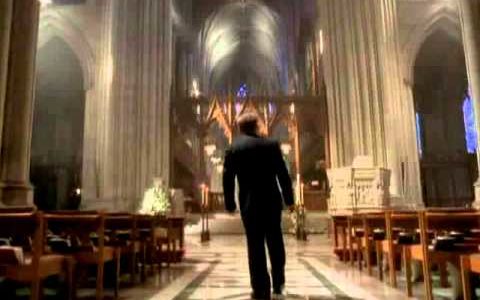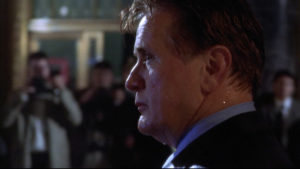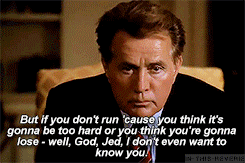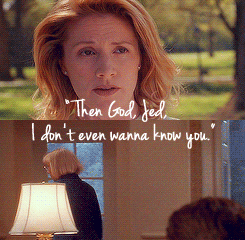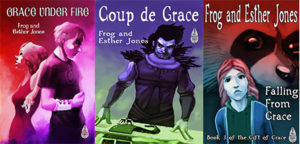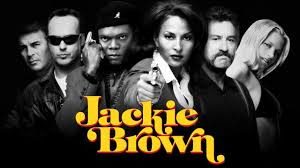As a dyed in the wool novelist, I’ve had to work hard to learn to write short stories. My early attempts always came off as… flat. To fix this problem, I experimented with character, with plot, with setting, and even dabbled some with poetic prose. However, nothing I tried made my stories come to life. I would eventually learn that my problem wasn’t with any of those aspects of writing, though all would improve over the years as I practiced my craft. The real issue was with my fundamental understanding of what actually makes a story powerful.
All stories, no matter their length, get their power from manipulating their readers’ emotions. As David Farland taught me, readers are seeking an emotional exercise when they pick up a book. It’s why we organize our bookstores based on the emotions we seek to satisfy. Characters, setting, plot, and prose are all vehicles for establishing reader empathy and then using that connection to twist the heart strings.
In longer works, we have the luxury of taking our time to build an emotional connection. That room to grow is what allows us to hit many different emotional beats over the course of a novel. However, when writing a short story, you need to go straight for the feels. By deciding early on what emotional impact you are aiming for, you are able to ensure that everything works towards those big emotional punches.
Just because we are writing a short story doesn’t mean that we are writing a simple story. We still need memorable characters, sexy settings, and plenty of conflict and change. There must be a beginning, a middle, a climax, and a denouement. We can’t sacrifice any of those elements in the name of saving word count. Nor are we writing small stories. Rather, the best short fiction tackles big emotions, big problems but in a shorter format. I like to think of it as a distillation of story rather than a reduction in word count. Like a good whiskey, a work of short fiction will retain all the elements of its precursor, but in a more potent form.
As is often true, the best way to learn how to write powerful short stories is to study the work of masters. In the case of short fiction, I can think of few better and more accessible than the writers at Pixar. They regularly turn out four or five minute animated features that are not only complete stories, but emotionally satisfying as well. In fact, this track record is one of the main reasons I’d go see just about any new Pixar movie. One of the most potent works of short fiction they’ve published is the first ten minutes of the full length movie, Up. While it was designed to be a prologue to Carl and Russell’s story, those ten minutes have been consistently rated as Pixar’s best short. Below, I’ve embedded the second half of that sequence. But be warned, it’s a tear jerker.
https://www.youtube.com/watch?v=1G371JiLJ7A
Take a minute to grab a tissue and then we’ll break this sequence down. Pixar spends a little over the first minute showing us the story of a happy couple. They’re married, fix up an old house, and have a pleasantly domestic life. Their introduction as characters is extremely relatable because it resonates with many of the audiences’ own desires and/or experiences. Many of us want to find love, like they did, and live a happy life, like they clearly do. At time 1:07, the characters begin their first try/fail cycle in their pursuit of a “happily married life.” They want to have children. End of act 1.
Pixar spends the next 17 seconds building the baby anticipation before hitting us with the first emotional punch. Without resorting to a single word, the writers tell us that not only did these characters fail to have a child, but it isn’t going to happen. Then they do something critical. Instead of rushing on to the next try/fail cycle, the writers take the time to drive their point home. They show the characters in pain, and in so doing we experience their sense of grief alongside them. However, the story isn’t done.
At a 1:46, Ellie and Carl decide that their infertility won’t get in the way of their “happily married” life-goal. This builds empathy because people who suffer and then pick themselves back up are admirable. They decide to live out their childhood dream of going to Paradise Falls. This is their second try/fail cycle.
As Ellie and Carl work to save up the money they need to travel, life keeps getting in the way. Years pass and they eventually forget about their dream for a time. That is, until Carl rediscovers the goal one day and goes to the trouble to arrange everything as a surprise for his wife. Try/fail cycle #2 ends in success, right? Well, no. Too much time has passed and Ellie is now too sick to go. Act 2 ends at time 3:26.
The climax of this story is Ellie’s death at time 3:55. In the remaining 24 seconds, we experience Carl’s melancholy and sense of loss along with him in the denouement. We see his emotional state in the emptiness of the church and his return to a dark home. We as the audience know that the movie is just beginning, but it feels like an emotionally satisfying, bitter-sweet ending as well.
Pixar is able to tell a complete, romantic tragedy story arc in four minutes and twenty seconds of film because they didn’t try to tell a small story. They didn’t pull any emotional punches, nor did they leave any critical story elements out. Rather, their skill allowed them to know how to quickly establish audience empathy, and then play on that empathy with emotional highs and lows. They reached into our hearts and gave our heartstrings a good, firm tug. In so doing, they told a big story in a small space.

